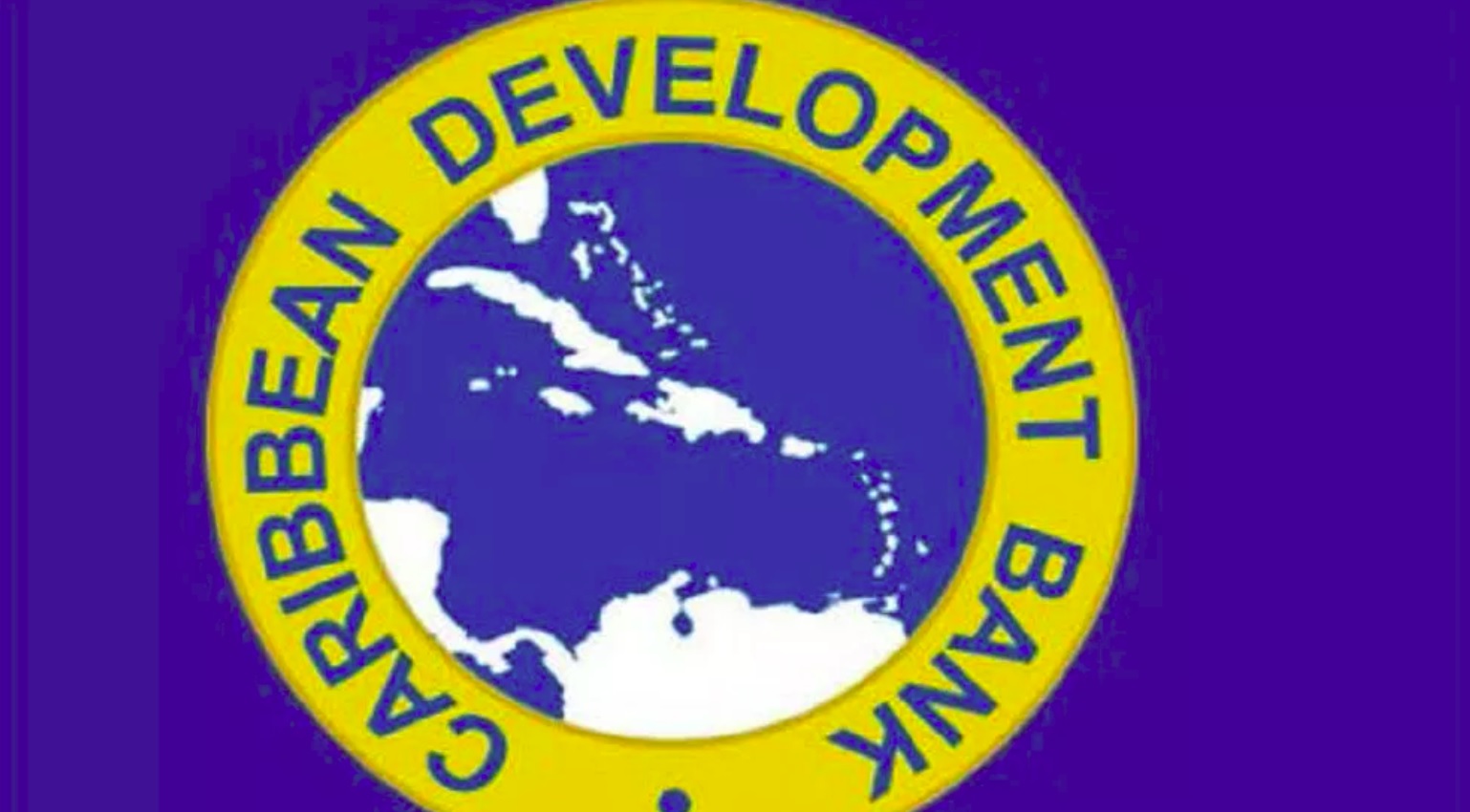Unregulated commercial marketing of unhealthy products – like junk food, tobacco, and alcohol – threatens the health and rights of our children and adolescents with increasingly sophisticated and aggressive methods, especially targeting poor communities in all countries, shows a new report launched today at the Global Forum for Adolescents.
The report Selling a Sick Future: How to counter harmful commercial marketing towards children and young people across risk factors for noncommunicable diseases, authored by NCD Alliance and Children in All Policies 2030 (CAP-2030), proposes a framework showcasing how children and young people are exposed to harmful commercial marketing and identifies tactics used by companies to target them. These tactics include:
- Inclusion of toys with purchases,
- Use of bright colours or cartoons,
- Flavouring of products,
- Contests and giveaways,
- Branded merchandise and memorabilia,
- Gamification,
- Sponsorships with celebrities and athletes, and
- Engagement or sharing on social media
The report explores the elements that contribute to build a comprehensive marketing policy and calls for strict regulatory measures from all governments to fully protect young people and their environments from harmful marketing.
“The harm from these unhealthy products is both immediate and lifelong, and it carries on across generations by adding fuel to a cycle of poverty and chronic disease. This report calls on governments to protect the rights of children and young people – rather than the interests of health-harming industries – through robust marketing regulations,” said Katie Dain, CEO of NCD Alliance.
“The Selling a Sick Future report highlights that national policymakers have an obligation to guarantee children and young people’s human rights to health, accurate information, privacy and data protection, and freedom from exploitation, as codified in the United Nations (UN) Declaration of Human Rights, UN Convention on the Rights of the Child, and other international treaties and conventions,” said Sarah Dalglish, Executive Director of CAP-2030.
Commercial marketing of unhealthy products towards children and young people is a key factor behind the global rise of noncommunicable diseases (NCDs) like diabetes, cardiovascular diseases, respiratory diseases and mental health conditions. NCDs cause 41 million deaths annually (74% of global mortality), with rising rates among children and young people in countries of all resource levels. The prevalence of hypertension in children has increased four-fold in the past three decades, a key risk factor for many more NCDs, setting up young people for a lifetime of avoidable chronic disease.
Commercial entities spend billions of dollars annually to target children and young people, with the marketing industrygrowing every year. This growth is driven by a rise in digital and online marketing as well as expanded markets in lower and middle-income countries (LMICs). It is projected that global spending on advertising will reach US$674 billion this year. In most countries, marketing spend is tax deductible, thereby eliminating any positive benefit to the public that could come from this health-harming expenditure, while reducing the risk of investment in marketing for commercial entities.
It is well evidenced that health-harming industries prey on low-income and minority children across geographies, and specifically target populations in LMICs, through aggressive marketing that exploits existing vulnerabilities, worsening health outcomes and exaggerating health inequalities.
“Evidence shows companies seeking out the most vulnerable populations with precise and predatory techniques that are nothing short of an attack on the physical and mental health and well-being of children and young people, and a violation of their human rights. As usual, those who are already marginalized suffer the most,” said Ms Dain.
Such targeting happens both within and across national boundaries: one study found that McDonald’s marketing team was specifically focusing on children in LMICs, with the company posting 154% more Instagram posts in LMICs than in high-income countries (HICs). 40% of posts offered a promotion or giveaway compared to only 14% in HICs. This is not a new tactic by health-harming industries. US litigation in the 1990s exposed some of the largest tobacco companies as specifically targeting developing countries as sources of new markets to retain profits lost from growing restrictions in HICs. Alcohol and ultra-processed food companies have all followed suit, adopting this strategy from tobacco and aggressively advertising in LMICs.
Across industries, marketers also use a common playbook to counter regulation and prevent restrictions that would constrain their commercial activities – and their profits. Companies influence and undermine regulation through highly effective lobbying and flooding consultations, and by promoting industry-favourable and weak legislation. In Selling a Sick Future, the authors call on national policymakers to urgently enact comprehensive regulation, making 10 recommendations for national policymakers to counter harmful commercial marketing across NCD risk factors for children and young people and overcome industry interference.




